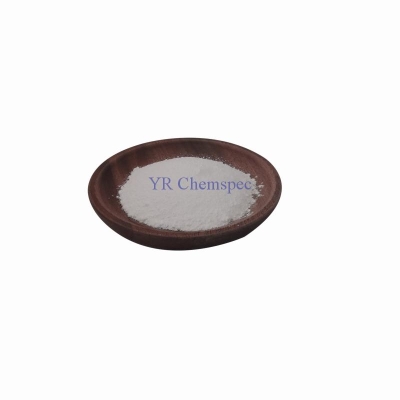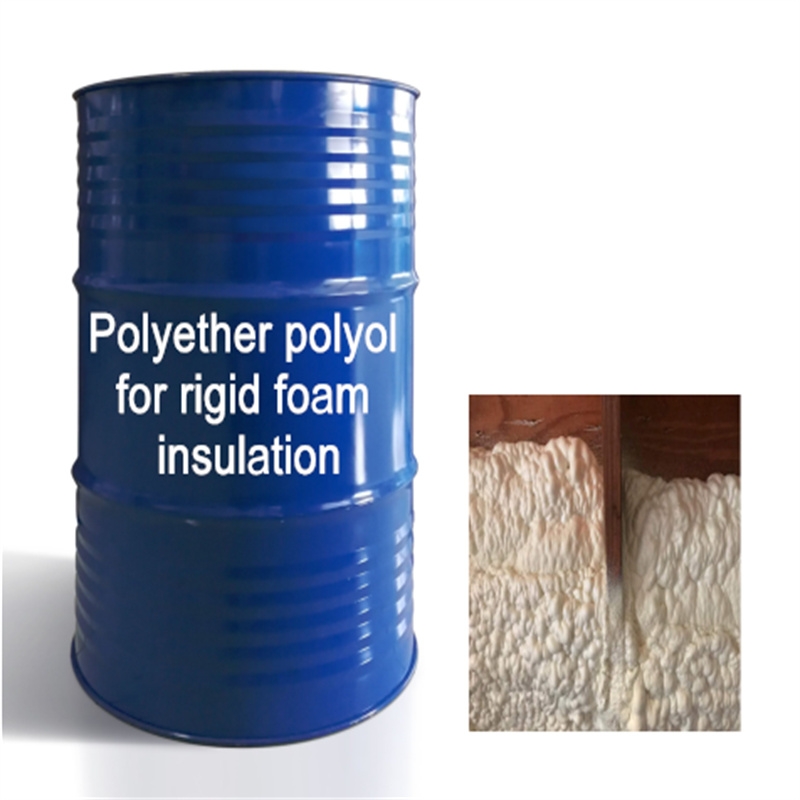-
Categories
-
Pharmaceutical Intermediates
-
Active Pharmaceutical Ingredients
-
Food Additives
- Industrial Coatings
- Agrochemicals
- Dyes and Pigments
- Surfactant
- Flavors and Fragrances
- Chemical Reagents
- Catalyst and Auxiliary
- Natural Products
- Inorganic Chemistry
-
Organic Chemistry
-
Biochemical Engineering
- Analytical Chemistry
- Cosmetic Ingredient
-
Pharmaceutical Intermediates
Promotion
ECHEMI Mall
Wholesale
Weekly Price
Exhibition
News
-
Trade Service
(6) Analysis and testing
1.
Use 10mg/L mixed standard solution to prepare a series of standard solutions of mass concentration
Table 5-35 Standard curve parameters
2.
This method requires three types of blank solutions
(1) Calibration blank solution, used to establish analytical calibration curve
(2) Laboratory reagent blank solution, used to evaluate possible contamination and background spectrum interference during sample preparation
(3) Clean the blank solution, and clean the instrument with reagent water containing 2% (volume fraction) nitric acid during the sample determination process to reduce the memory effect interference
If the "direct analysis" step is used to determine mercury, adding a gold standard stock solution (100ug/L) to the internal standard solution can eliminate the memory effect of mercury
Take the leaching solution as an example, take 11 blank samples and add all reagents in the same volume as in the sample processing process to evaluate possible contamination during the sample preparation process
Table 5-36 Blank test and statistical results of detection limit
Note: na means not applicable, and the total recoverable digestion method is not suitable for the determination of organic mercury compounds
3.
Perform a repeatability test on the leaching solution of a solid waste sample.
4.
The laboratory must add an analyte of known mass concentration to at least 10% of the samples during routine sample analysis
Calculate the percentage recovery rate of each analyzed element, use the measured mass concentration of the unenhanced sample as a background for correction, and then compare these data with the specified laboratory enhanced matrix recovery rate range of 70% to 130%
.
If the mass concentration of the elements added during the strengthening is less than 30% of the background mass concentration of the sample, there is no need to calculate the recovery rate
.
A standard recovery test was carried out on the leaching solution of a solid waste sample.
Seven samples were prepared according to the pretreatment method required by Appendix B of GB5085.
3-2007.
The average recovery rate of the seven measurements was between 89.
7% and 111%
.
Related links: Identification of hazardous wastes, identification of leaching toxicity, inductively coupled plasma mass spectrometry (1)







